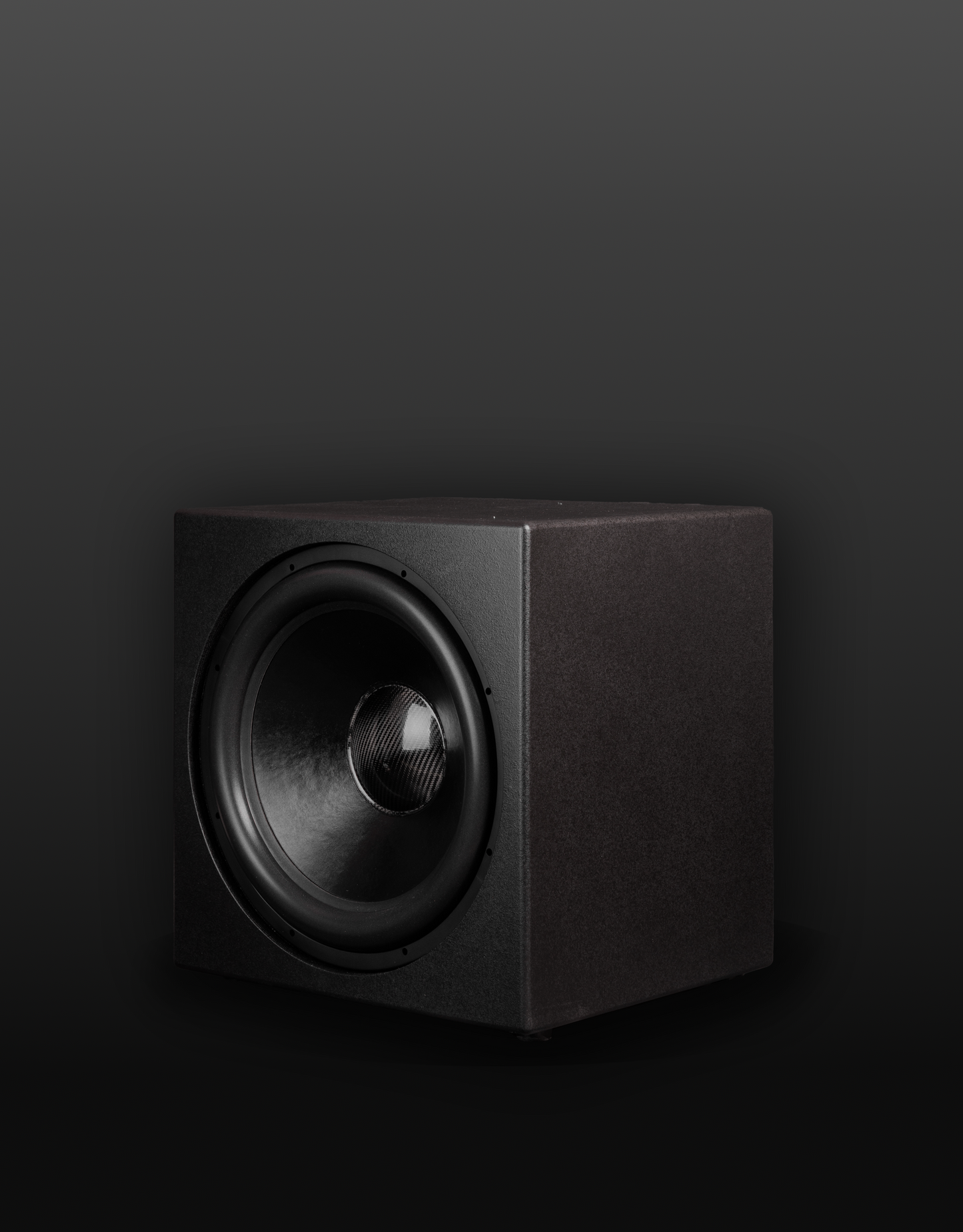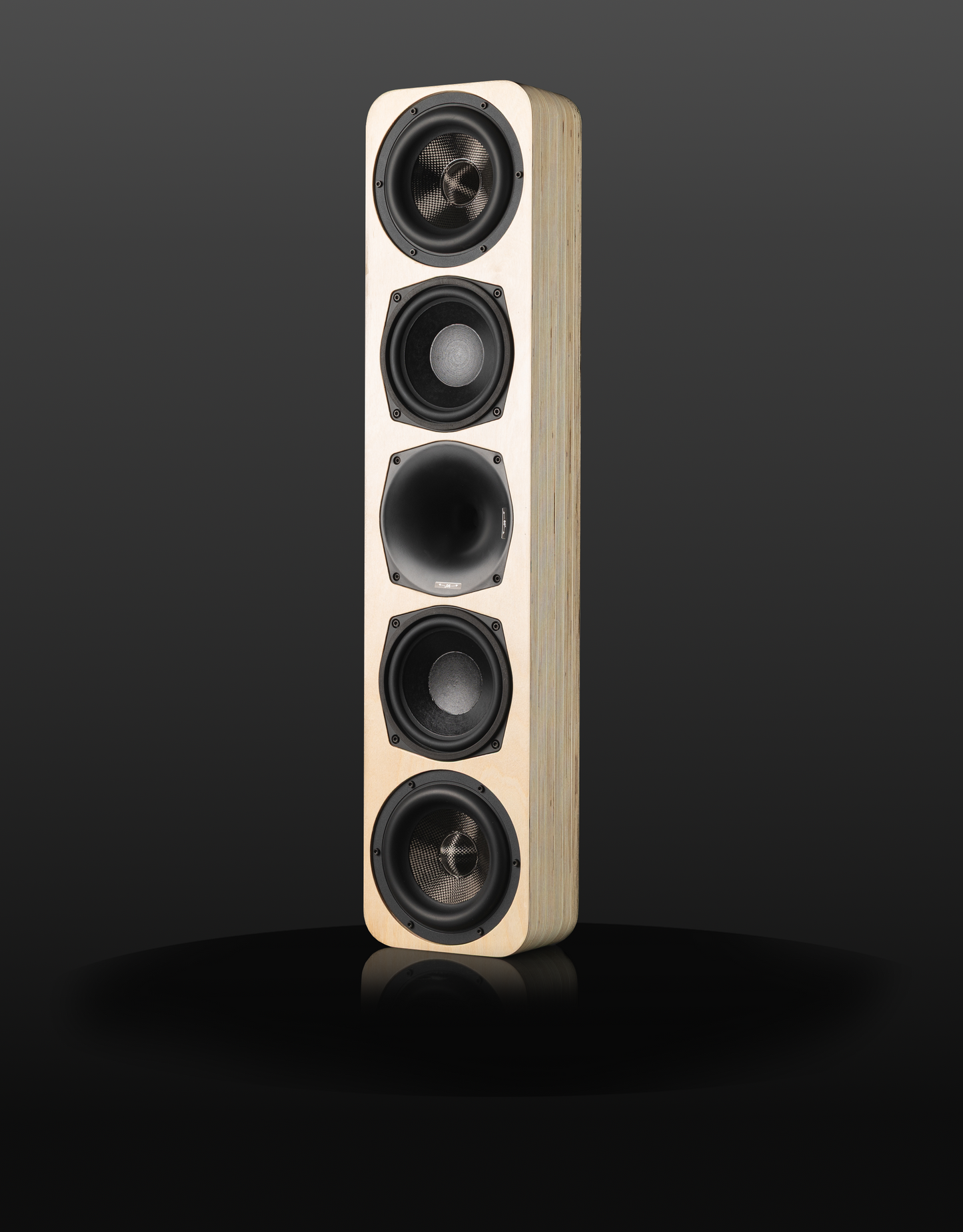
When it comes to tuning audio devices like headphones or speakers, the Harman target is often used as a reference for creating a natural listening experience. This target is based on extensive research into how we perceive sound in real-world environments, such as when listening to loudspeakers in a room. In this article, we’ll dive into what the Harman target is, how it affects sound tuning, and why some listeners might find it too "shouty" or "bloated."

What is the Harman Target?
The Harman Target is a frequency response curve that aims to simulate how we naturally hear sound in typical listening situations. Harman's research focuses on how speakers and headphones should sound based on human hearing characteristics. Their goal is to replicate the listening experience we would have when music is played through loudspeakers placed at specific angles and distances from us.
Key Elements:
- Ear Gain around 3kHz
-
Bass Shelf for Wall Reflections
1. Ear Gain Around 3kHz
One of the main features of the Harman target is the boost around the 3 kHz range. This region of the frequency spectrum corresponds to the sounds that our ears are naturally more sensitive to when listening to audio sources at a normal distance and angle.
- Why is it there? Our ears tend to naturally emphasize mid-high frequencies (around 3kHz) due to the way sound interacts with our ear anatomy. Harman’s target compensates for this natural ear gain, aiming to create a balanced sound that reflects how we actually perceive music.

2. Bass Shelf for Wall Reflections
The bass shelf in the Harman target accounts for how low frequencies (bass) behave in typical room environments. When listening to music, low frequencies often reflect off walls, floors, and other surfaces, which can enhance the bass experience.
- Why is it there? This bass boost is intended to simulate those reflections and make the low-end of the music feel fuller, similar to how it sounds in a room with real-world acoustics.

Why Some Listeners Find the Harman Target Too “Shouty” or “Bloated”
While the Harman target is designed to simulate a natural listening environment, not all listeners find it perfect. In fact, some people argue that it can sound too shouty or bloated, especially in the mid-range and bass.
Shouty Mid-range: Too Much 3kHz Boost?
The 3kHz boost, which is a key feature of the Harman target, can make the sound seem a bit too aggressive or bright for some people. This is especially true for listeners who are sensitive to certain mid-range frequencies. The increased emphasis on this region can make vocals and instruments sound sharper or more forward than they would in a natural environment.
- What’s the issue? If you find the sound too "shouty," it means that the 3kHz boost might be too pronounced for your taste, making the audio sound unnaturally harsh or piercing to some listeners.
Bloated Bass: Too Much Low-End Emphasis?
On the other hand, the bass shelf can sometimes create an overly pronounced low-end, making the audio feel too bloated or muddy. This effect is due to the additional low-frequency energy, which simulates the reflections of a room's walls. In some cases, the bass boost might feel overwhelming, especially if you prefer a more balanced or neutral sound signature.
- What’s the issue? If you find the bass too "bloated," it may be because the Harman target’s bass shelf is too heavy, making the sound overly full without enough clarity.
Comparing the Harman Target to Other Sound Targets
The Harman target is not the only tuning curve available for headphones and speakers. There are various other targets, such as the IE target for in-ear monitors (IEMs), which is designed for a different type of listening experience.
Why the IE Target Might Not Work for Some Listeners
In contrast to the Harman target, the IE target may not suit everyone. It is designed to offer a more neutral sound profile, but some users find that it doesn't provide the same engaging listening experience that the Harman target does. The lack of the 3kHz boost and bass shelf can make the sound feel flat or less dynamic.
- What’s the issue? If you find the IE target "off," it may be because the tuning doesn't match the way you prefer your music to sound. The lack of certain enhancements can make the audio feel less immersive or engaging.
Conclusion: Choosing the Right Sound Profile for You
The Harman target is a widely used standard for tuning audio devices. It aims to replicate the way we hear sound in real-world environments. While it works well for many listeners, others might find it too "shouty" or "bloated" due to the pronounced mid-range and bass boosts.
If the Harman target doesn’t suit your taste, consider experimenting with other tuning profiles like the IE target or exploring custom EQ adjustments to better match your preferences. Ultimately, the best sound is the one that makes you feel most engaged and immersed in the music. By understanding the Harman target and its effects on your audio devices, you can make more informed decisions about tuning and optimizing your listening experience.






